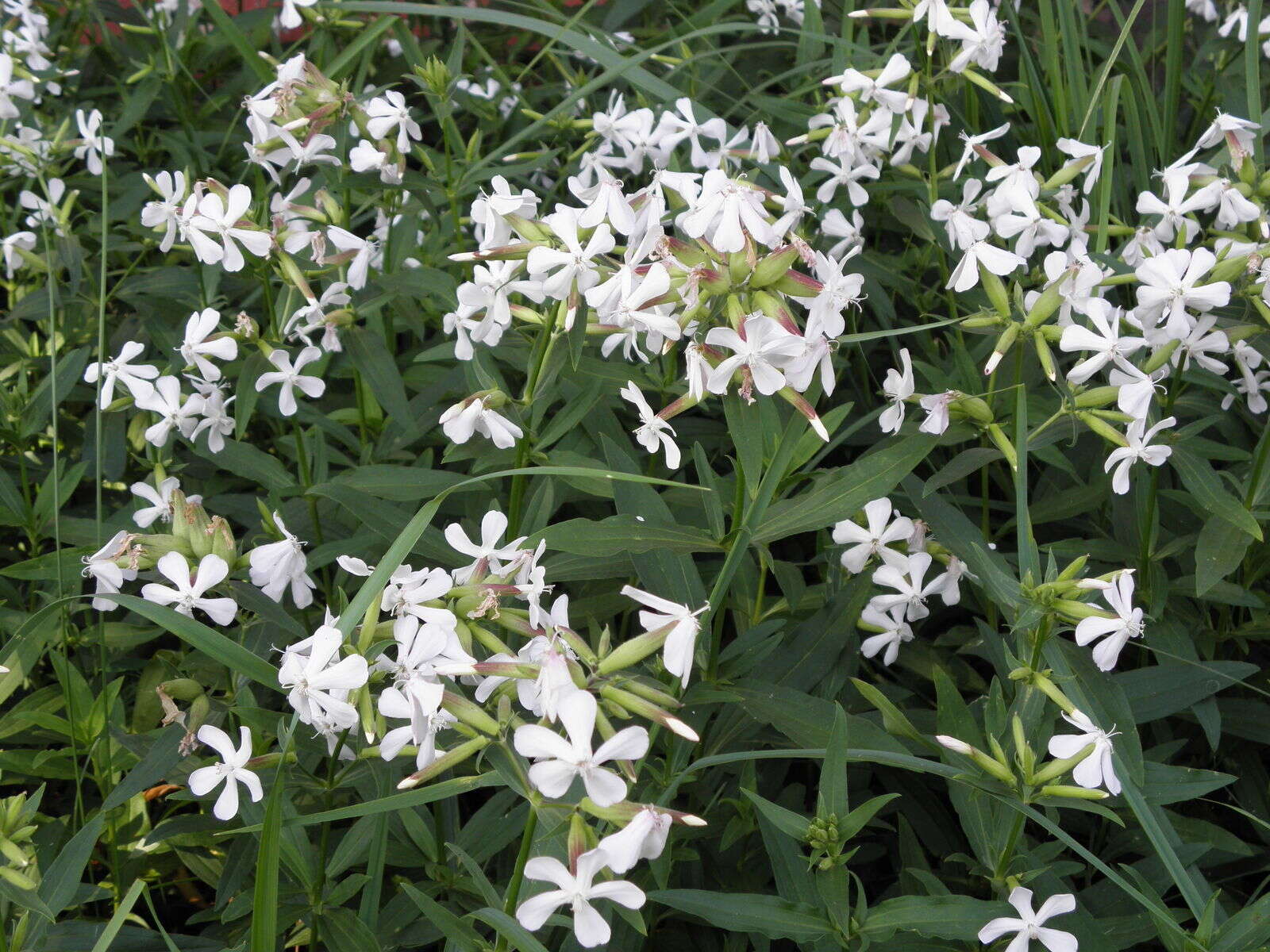
What is Saponaria? Saponaria, also known as soapwort, is a fascinating plant with a rich history and a variety of uses. This flowering herb belongs to the Caryophyllaceae family and is native to Europe and Asia. Its name comes from the Latin word "sapo," meaning soap, because its roots and leaves produce a lather when mixed with water. Why is Saponaria important? This plant has been used for centuries in traditional medicine, natural cleaning, and even as a gentle shampoo. What makes Saponaria unique? Its beautiful pink or white flowers not only add charm to gardens but also attract pollinators like bees and butterflies. Whether you're a gardening enthusiast or someone interested in natural remedies, Saponaria offers a blend of beauty and practicality.
What is Saponaria?
Saponaria, commonly known as soapwort, is a fascinating plant with a rich history and many uses. This perennial herb belongs to the Caryophyllaceae family and is native to Europe and Asia. Let's dive into some intriguing facts about this versatile plant.
Historical Significance of Saponaria
Saponaria has been used for centuries for various purposes. Its historical significance is as rich as its uses.
- Ancient Cleanser: Saponaria was used by ancient Greeks and Romans as a natural soap. The plant's roots and leaves produce a lather when mixed with water, making it an effective cleanser.
- Textile Industry: During the Middle Ages, soapwort was used to clean and full woolen cloth. The plant's saponins helped remove grease and dirt from the fabric.
- Medicinal Uses: Historically, Saponaria was used in traditional medicine to treat skin conditions, respiratory issues, and digestive problems.
Botanical Characteristics of Saponaria
Understanding the plant's botanical features can help in identifying and cultivating it.
- Appearance: Saponaria typically has pink or white flowers with five petals. The plant can grow up to 1 meter tall.
- Leaves: The leaves are lance-shaped and grow opposite each other on the stem. They are smooth and can be up to 10 cm long.
- Roots: The roots are thick and fleshy, which store the saponins that give the plant its soap-like properties.
Saponaria in Modern Times
Despite its ancient origins, Saponaria still finds relevance today.
- Natural Soap: Many eco-friendly brands use Saponaria as an ingredient in natural soaps and shampoos.
- Gardening: Soapwort is popular in gardens for its beautiful flowers and ground-covering ability.
- Scientific Research: Modern research is exploring Saponaria's potential in pharmaceuticals and cosmetics.
Growing and Caring for Saponaria
For those interested in cultivating this plant, here are some tips.
- Soil Requirements: Saponaria prefers well-drained soil and can thrive in poor soil conditions.
- Sunlight: The plant needs full sun to partial shade to grow well.
- Watering: It is drought-tolerant but benefits from regular watering during dry periods.
- Propagation: Saponaria can be propagated through seeds or cuttings. It spreads easily, making it a great ground cover.
Interesting Uses of Saponaria
Beyond its traditional uses, Saponaria has some unique applications.
- Natural Pesticide: The saponins in Saponaria can act as a natural pesticide, deterring insects from plants.
- Culinary Uses: In some cultures, Saponaria is used to make a traditional Middle Eastern dessert called "halva."
- Dyeing: The plant can be used as a mordant in the dyeing process, helping fabrics absorb dyes more effectively.
Environmental Impact of Saponaria
Saponaria's impact on the environment is worth noting.
- Erosion Control: Its extensive root system helps prevent soil erosion, making it useful in landscaping.
- Pollinator Friendly: The flowers attract bees and butterflies, supporting local ecosystems.
- Invasive Potential: While beneficial, Saponaria can become invasive in some areas, outcompeting native plants.
Fun Facts About Saponaria
Here are some fun and lesser-known facts about this versatile plant.
- Name Origin: The name "Saponaria" comes from the Latin word "sapo," meaning soap.
- Cultural Symbolism: In some cultures, Saponaria symbolizes cleanliness and purity.
- Varieties: There are several species of Saponaria, including Saponaria officinalis (common soapwort) and Saponaria ocymoides (rock soapwort).
Health and Safety Considerations
While Saponaria has many benefits, it's essential to be aware of its potential risks.
- Toxicity: The saponins in Saponaria can be toxic if ingested in large quantities. It's essential to use it cautiously.
- Skin Irritation: Some people may experience skin irritation when handling the plant. Wearing gloves can help prevent this.
- Allergic Reactions: Although rare, some individuals may have allergic reactions to Saponaria. It's always best to test a small area first.
Saponaria in Folklore and Mythology
Saponaria has also found its way into folklore and mythology.
- Mythical Uses: In some legends, Saponaria was believed to have magical properties, such as warding off evil spirits and bringing good luck.
The Final Word on Saponaria
Saponaria, or soapwort, is more than just a pretty face in the garden. This versatile plant has a rich history, from its use in ancient times for cleaning to its role in modern herbal medicine. Its ability to thrive in various conditions makes it a gardener's friend, while its gentle cleansing properties make it a natural choice for eco-friendly cleaning solutions. Whether you're looking to add a splash of color to your garden or seeking a natural alternative to chemical cleaners, Saponaria has something to offer. Remember, though, while it's generally safe, always use it with care, especially around pets and children. So, next time you see this humble plant, you'll know there's much more to it than meets the eye. Happy gardening!
Was this page helpful?
Our commitment to delivering trustworthy and engaging content is at the heart of what we do. Each fact on our site is contributed by real users like you, bringing a wealth of diverse insights and information. To ensure the highest standards of accuracy and reliability, our dedicated editors meticulously review each submission. This process guarantees that the facts we share are not only fascinating but also credible. Trust in our commitment to quality and authenticity as you explore and learn with us.
